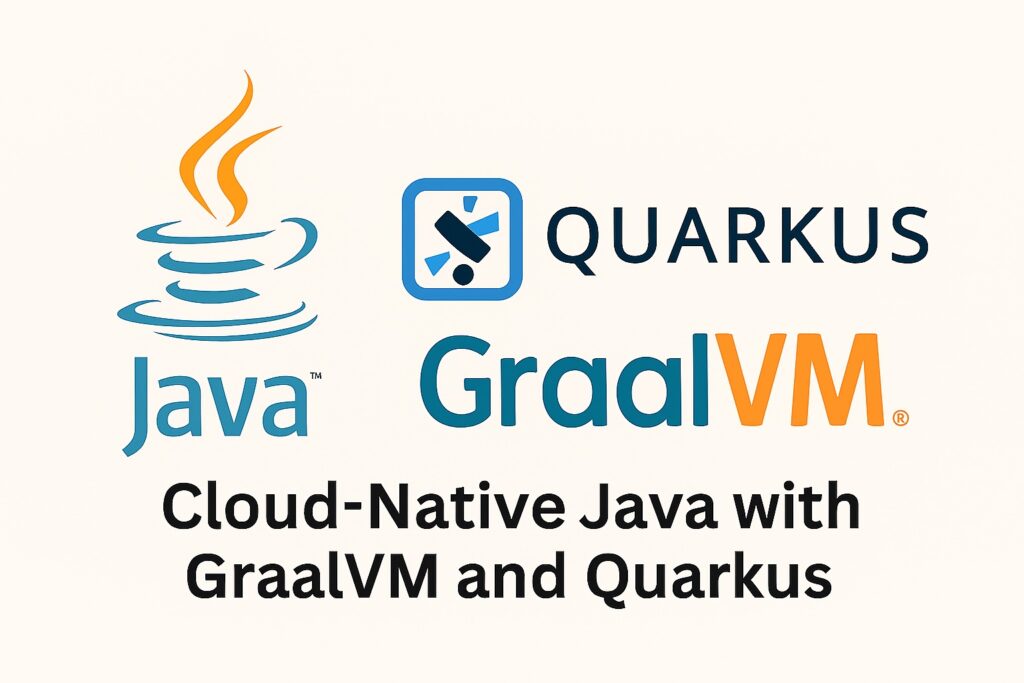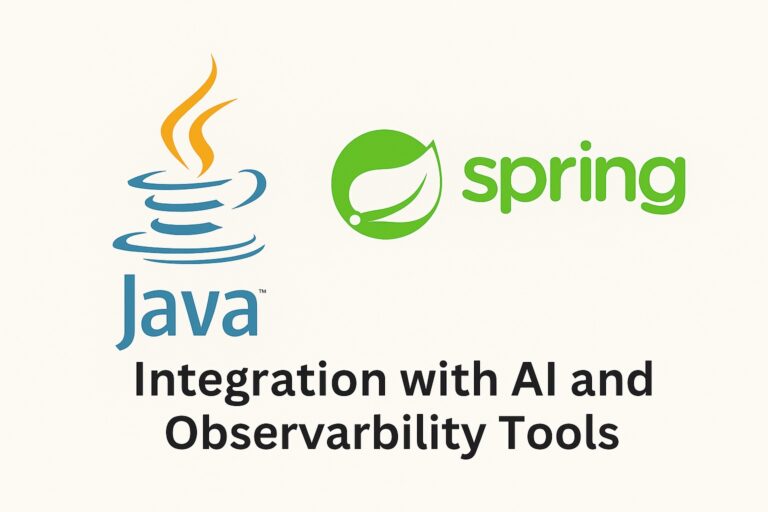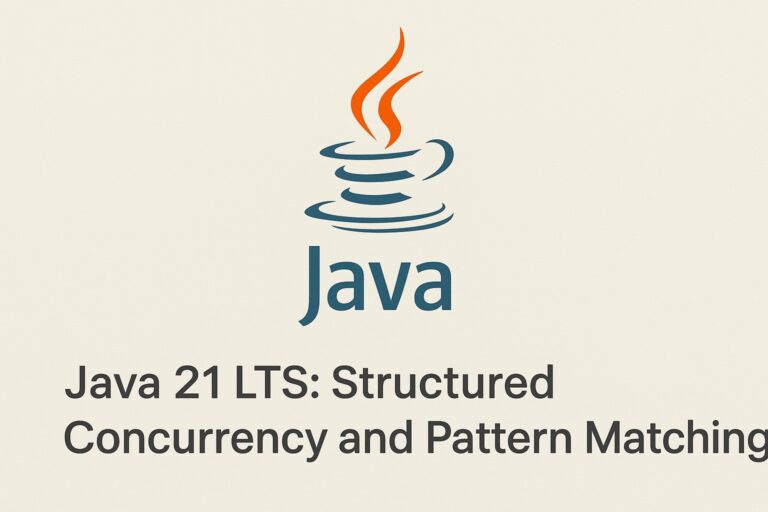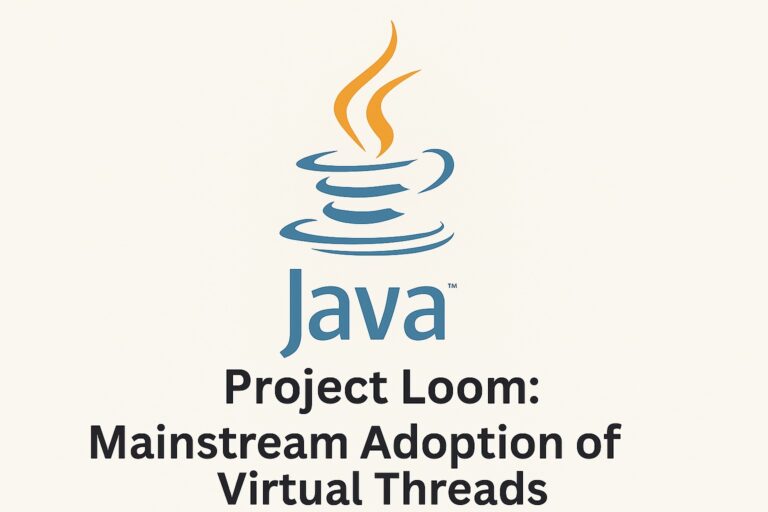1. Introduction
The modern cloud landscape demands applications that are fast, efficient, and scalable. Traditional Java applications, while robust, often struggle with startup time and memory consumption in cloud environments. Enter GraalVM and Quarkus: a combination that enables developers to build cloud-native Java applications with near-native performance. GraalVM provides a high-performance runtime capable of compiling Java applications ahead-of-time (AOT) into native executables, while Quarkus offers a reactive, lightweight framework tailored for microservices and serverless deployments. Together, they represent a paradigm shift in Java development for the cloud.
2. Problem
Java has long been criticized for its resource-intensive runtime and slow startup times, particularly in microservices and serverless architectures. These challenges manifest as:
- Slow startup: Traditional JVM applications may take several seconds to initialize, which is unacceptable for serverless functions or auto-scaling microservices.
- High memory footprint: Java applications typically consume more memory than lightweight languages like Go or Node.js, leading to higher cloud costs.
- Complex deployment: Packaging and running Java applications in containerized environments often requires additional tuning for efficiency.
These limitations hinder Java’s adoption for modern cloud-native architectures, where speed and efficiency directly impact cost and scalability.
3. Solution
GraalVM and Quarkus address these issues by optimizing both the runtime and the framework:
- GraalVM: Compiles Java applications into native executables, significantly reducing startup time and memory usage. It also supports polyglot programming, allowing seamless integration of Java, JavaScript, Python, and other languages.
- Quarkus: Designed for cloud-native development, Quarkus provides a reactive programming model, supports container-first development, and integrates with GraalVM to leverage AOT compilation. Together, they allow developers to write Java applications that are lightweight, fast-starting, and cost-efficient for cloud deployments.
4. Implementation
Here is a step-by-step example of building a simple REST API with Quarkus and compiling it to a native executable using GraalVM:
1. Set up a Quarkus project
Using the Quarkus CLI or Maven:
mvn io.quarkus:quarkus-maven-plugin:create \
-DprojectGroupId=com.example \
-DprojectArtifactId=cloud-native-java \
-DclassName="com.example.GreetingResource" \
-Dpath="/greeting"
cd cloud-native-java
2. Define a simple REST endpoint
In src/main/java/com/example/GreetingResource.java:
package com.example;
import javax.ws.rs.GET;
import javax.ws.rs.Path;
import javax.ws.rs.Produces;
import javax.ws.rs.core.MediaType;
@Path("/greeting")
public class GreetingResource {
@GET
@Produces(MediaType.TEXT_PLAIN)
public String hello() {
return "Hello, Cloud-Native Java!";
}
}
3. Build the native executable with GraalVM
Install GraalVM and the native-image component. Then run:
./mvnw package -Pnative
This produces a native executable in the target/ folder.
4. Run the native application
./target/cloud-native-java-1.0.0-runner
The API starts almost instantly, with a memory footprint often under 50MB, compared to hundreds of MB for a traditional JVM app.
5. Containerize for cloud deployment
FROM registry.access.redhat.com/ubi8/ubi-minimal
COPY target/cloud-native-java-1.0.0-runner /app/
WORKDIR /app
CMD ["./cloud-native-java-1.0.0-runner"]
This results in a fast, minimal container ideal for Kubernetes or serverless platforms.
5. Conclusion
GraalVM and Quarkus revolutionize Java for cloud-native applications. By addressing JVM startup time and memory overhead, they make Java competitive in serverless and microservice environments. Developers can now leverage Java’s rich ecosystem while delivering high-performance, cost-efficient cloud applications. For organizations aiming to modernize their Java stack, adopting GraalVM and Quarkus is a strategic step toward scalable, cloud-ready architecture.



